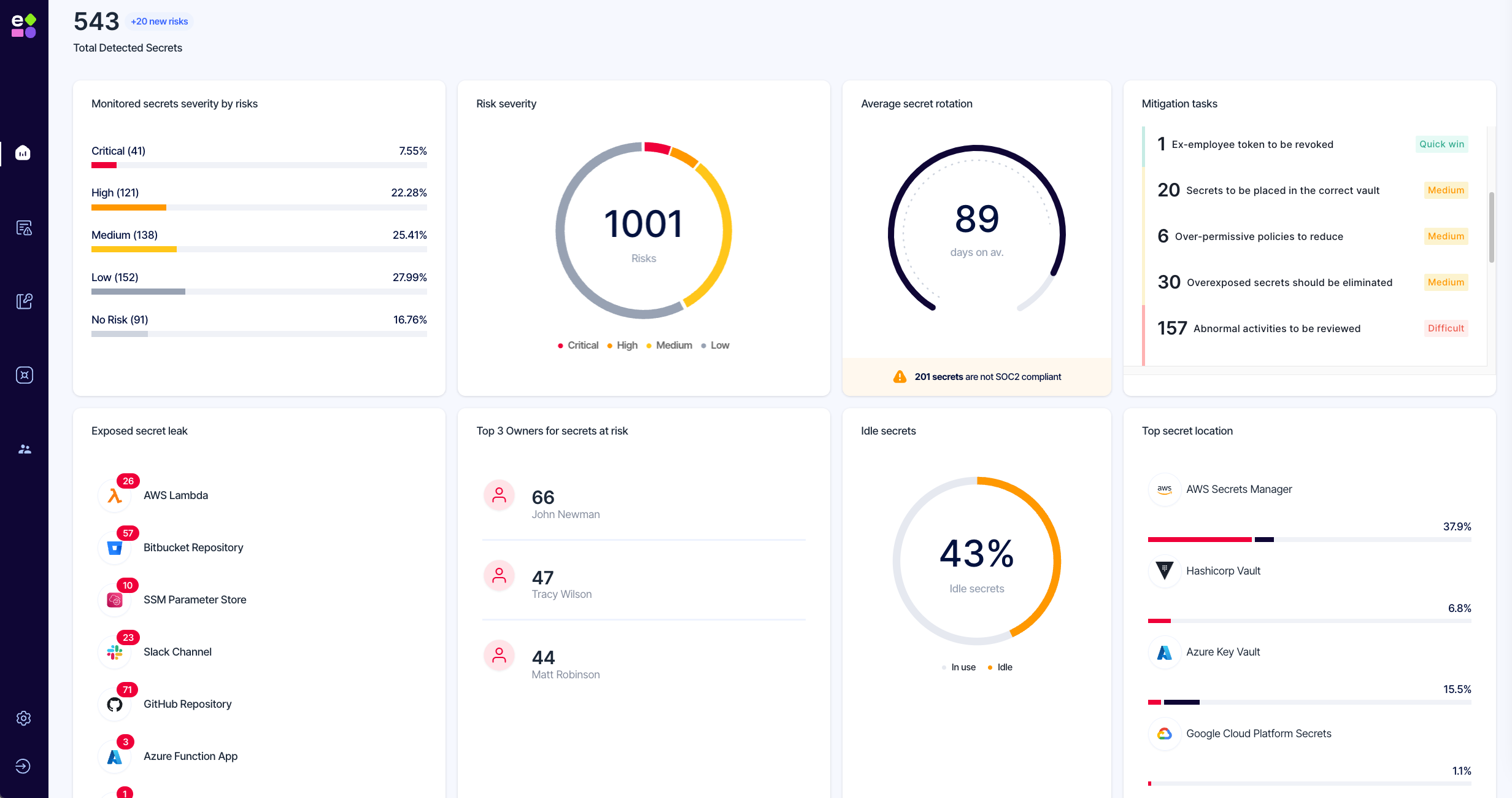There are many questions around the implications of Silicon Valley Bank’s (SVB) collapse that won’t be answered for a long time. But there’s one question that many startups and investors are hoping will get answered sooner rather than later: What happens to venture debt?
SVB was one of the larger, if not the largest, providers of venture debt to U.S.-based startups. And now that First Republic Bank has also gone under, that question has spiraled, growing ever more complex.
Many startups rely on venture debt: it’s both a cheaper alternative to raising equity and can serve as a capital tool that helps companies build in ways that equity isn’t great for. For some companies in capital-intensive areas like climate, fintech and defense, access to debt is often the only avenue to growth or scale.
Thankfully, venture capitalists aren’t too worried about the SVB collapse’s impact on venture debt as a whole.
We’re widening our lens, looking for more investors to participate in TechCrunch surveys, where we poll top professionals about challenges and trends in their industry.
If you’re an investor and would like to participate in future surveys, fill out this form.
TechCrunch+ surveyed five investors, all active across different fund sizes, stages and focus areas, to get the inside line on the state of venture debt. And all of them feel that even amidst the turmoil, venture debt will still make its way to the companies that are looking for it — it just might be a little harder for some to get it.
“With the fall of industry stalwarts like SVB and FRB, we suspect access to venture debt to be harder to come by and more expensive, as partners historically considered as “fringe” are not as flexible around factors like scale, or impose stricter covenants. We will see how Stifel, HSBC, and JPMorgan (with FRB) and First Citizens will act in the market,” said Simon Wu, a partner at Cathay Innovation.
Sophie Bakalar, a partner at Collab Fund, said that while the process and planning needed to raise venture debt will change, it is still a fantastic resource for growing companies.
“Venture debt has its advantages, more so than ever before,” Bakalar said. “It encourages founders to build rather than grow, which is a good thing when we think about the innovation that can last for decades.”
But the process and underlying business fundamentals needed to get venture debt are likely to change, several investors believe.
“Our prediction is that venture debt lenders will begin to rely less heavily on what the ‘loan to value’ of a business is, and instead start to focus on capital efficiency, ability to become profitable, etc.,” said Ali Hamed, general partner at Crossbeam.
Read on to learn how the rising cost of capital is affecting venture debt, what investors are doing to educate their startups about raising debt, and which kinds of startups are best suited to this form of financing.
We spoke with:
- Sophie Bakalar, partner, Collab Fund
- Ali Hamed, general partner, Crossbeam
- Simon Wu, partner, Cathay Innovation
- Peter Herbert, co-founder and managing partner, Lux Capital
- Melody Koh, partner, Nextview
Sophie Bakalar, partner, Collab Fund
How have lending standards changed for startups looking to raise venture debt? (ARR growth, minimum cash balances, etc.)
The immediate answer is that our ongoing economic uncertainty has drastically changed today’s lending market, particularly for early-stage startups looking to raise venture debt, in terms of lending standards and the cost of the debt.
In terms of lending standards, there has been a focus on revenue growth and profitability. Lenders are looking for startups with a track record of consistent revenue growth as well as a clear path to profitability. For unprofitable companies, this also means scrutiny of unit economics, as lenders want to make sure the capital is used for value-accretive investment.
This means that startups with strong annual recurring revenue (ARR) growth rates and high gross margins are more likely to be approved for venture debt no matter the market condition. We have a saying in venture that good startups will always get funded, so there’s always an exception to this rule.
Secondly, we’re seeing lenders place more emphasis on minimum cash balances. Startups are expected to have a certain amount of cash on hand, typically enough to cover several months of operating expenses, to demonstrate their ability to weather any financial storms that may arise.
Today, this several-month emphasis is more like one-year-plus. In addition, in the prior “risk on” market, lenders were more likely to approve “covenant light” structures; in today’s environment, we expect and have seen lenders require stricter covenants.
Lastly, we’re seeing lenders take extreme caution to evaluate startups for venture debt based on the strength of their leadership team. Startups with experienced, proven management teams are seen as less risky than those with less experienced leadership, particularly in a market where there is so much uncertainty. A strong leadership team can vastly reduce [the impact of] a crisis if and when it arises.
In light of new market conditions, are there certain genres of startups that are no longer a fit for venture debt?
Venture debt has its advantages — more now than ever before. It encourages founders to build rather than grow, which is a good thing when we think about the innovation that can last for decades.
As far as market conditions and genres of startups, no one should be immune to it. Everyone should think carefully about how this financing model will help their company execute. The first piece of information a bank and/or regulator typically looks at is whether or not the company is generating income and represents low compliance risk. Fintechs are likely to have a harder challenge here.
We’re still actively investing in climate tech startups that have been focused on execution and solving problems. A few of these include startups that have implemented a venture-debt model.
In today’s environment, the cost of debt has increased significantly with the rise in interest rates. That’s an important factor for cash-burning startups to consider as they think about monthly interest payments and amortization of their debt over time relative to their income and other expenses.
How do you ensure startups feel confident about venture debt? How much education do present-day founders need regarding venture debt to make an intelligent choice for their startup? Is that more or less than in recent years?
For most startups, education and resources around this type of debt financing is always valuable, especially in today’s market. Founders whose financing plan includes venture debt should start modeling scenarios that assume they lose access to this debt. Even if that risk seems remote, it’s always good to be prepared.
In addition, we try to help founders sensitize and sanity-check their forecasts in light of the covenants and downside protections that lenders request. For example, if revenue doesn’t grow as quickly or margins are lower, we want founders to understand the potential downside scenarios and make sure they have an adequate buffer.
Venture debt can be a great extender for a growing, near-profitable startup, but it can be a drag on high cash-burning startups, especially if they perform below plan.
In a more conservative equity investing market, will tighter lending standards and more expensive debt be enough to limit startup dependence on loaned capital?
In addition to tighter lending standards, it is more likely in this environment that lenders will take more time to make decisions and evaluate startups. While lenders are leaning into the void in the market left by SVB, there is likely to be less capital available and, therefore, lenders will be able to more readily pick and choose at a slower, more deliberate manner than in 2020 and 2021.
5 investors discuss what’s in store for venture debt following SVB’s collapse by Rebecca Szkutak originally published on TechCrunch









